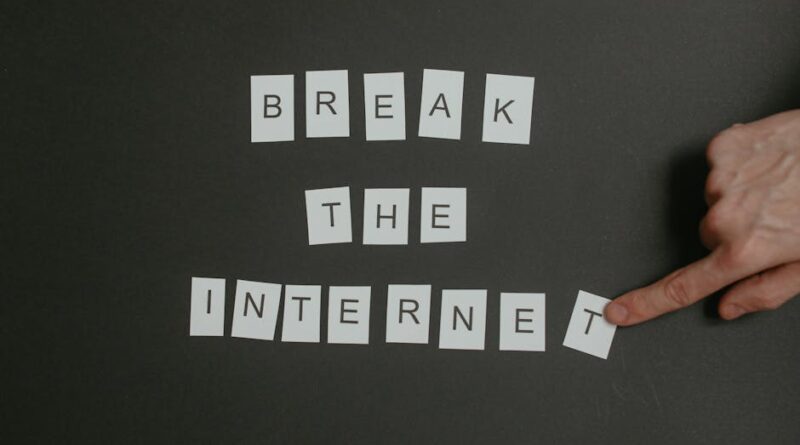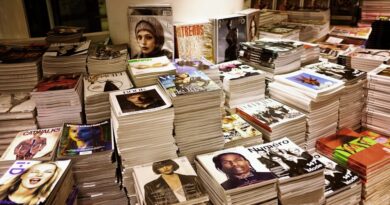The Impact of NFTs on the Art World
Art has always been a reflection of society, culture, and innovation. In recent years, a new and disruptive technology has been making waves in the art world Non-Fungible Tokens (NFTs). These digital certificates of ownership have revolutionized how we perceive, create, buy, and sell art. The impact of NFTs on the art world is profound and multifaceted, raising questions about authenticity, ownership, and the democratization of art. Let’s delve into this fascinating intersection of art and technology to explore the implications of NFTs on the art world.
The Rise of NFTs in Art
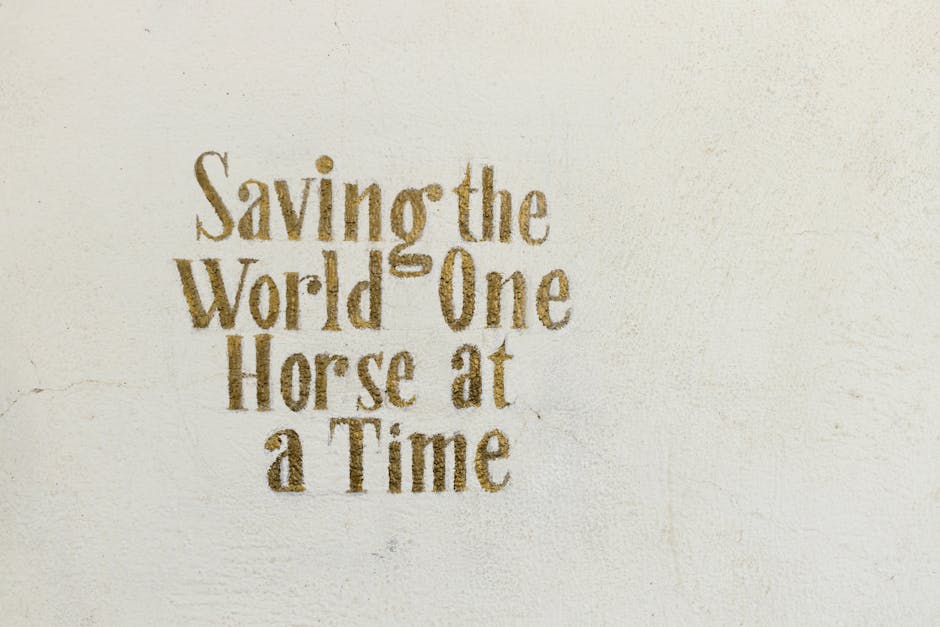
The concept of NFTs first gained widespread attention in 2017 with the launch of CryptoKitties, a blockchain-based game where users could buy, sell, and breed virtual cats. Each CryptoKitty was a unique NFT, allowing collectors to own a one-of-a-kind digital asset. This novelty sparked a frenzy in the art world, leading to the creation of digital art pieces sold as NFTs.
Artists quickly recognized the potential of NFTs to revolutionize how art is created and consumed. By tokenizing their work, artists can prove ownership, establish scarcity, and create a direct relationship with collectors. This direct-to-consumer model eliminates the need for intermediaries like galleries or auction houses, empowering artists to retain more control over their creations and earnings.
One of the most significant advantages of NFTs for artists is the ability to receive royalties every time their artwork is resold. This feature, known as “smart contracts,” ensures that artists continue to benefit from the increasing value of their work even after the initial sale. This innovative approach has the potential to reshape the traditional art market, where artists often receive little compensation for the resale of their pieces.
The Democratization of Art
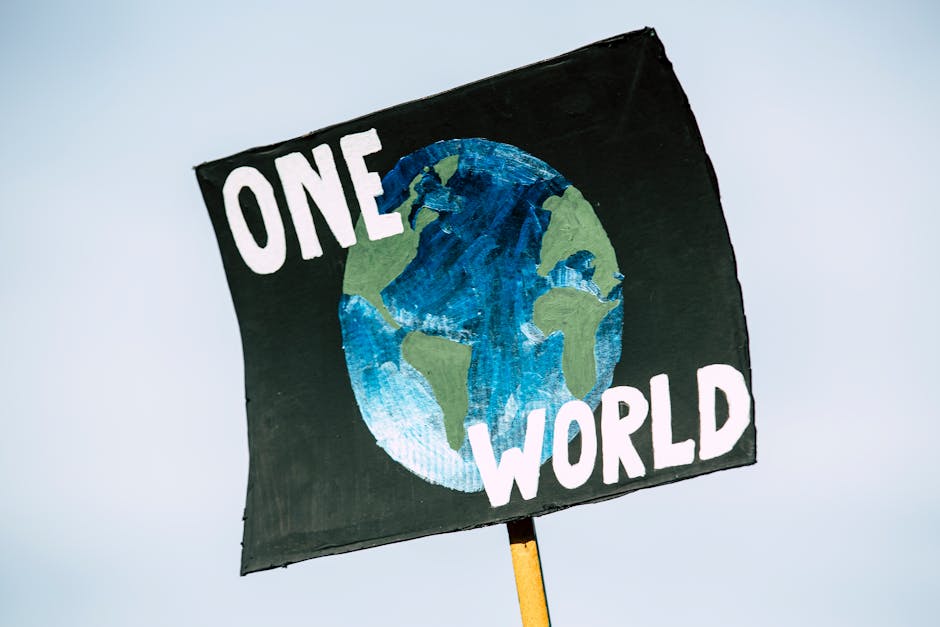
NFTs have the power to democratize art by making it more accessible to a global audience. Unlike traditional art markets that are often exclusive and elitist, NFTs allow artists from all backgrounds to showcase their work and connect with collectors around the world. This democratization has led to a surge in diversity and creativity within the art community, with emerging artists finding a platform to share their unique voices.
Furthermore, NFTs have the potential to disrupt the traditional gatekeepers of the art world, such as galleries and auction houses. By leveraging blockchain technology, artists can bypass these intermediaries and reach a broader audience directly. This decentralized approach not only empowers artists but also fosters a more inclusive and diverse art ecosystem.
Collectors are also benefiting from the democratization of art enabled by NFTs. With lower barriers to entry and the ability to purchase fractional ownership of artwork, a new generation of art enthusiasts is emerging. These individuals, often referred to as “NFT collectors,” are reshaping the art market by investing in digital assets that hold both cultural and financial value.
Challenges and Controversies
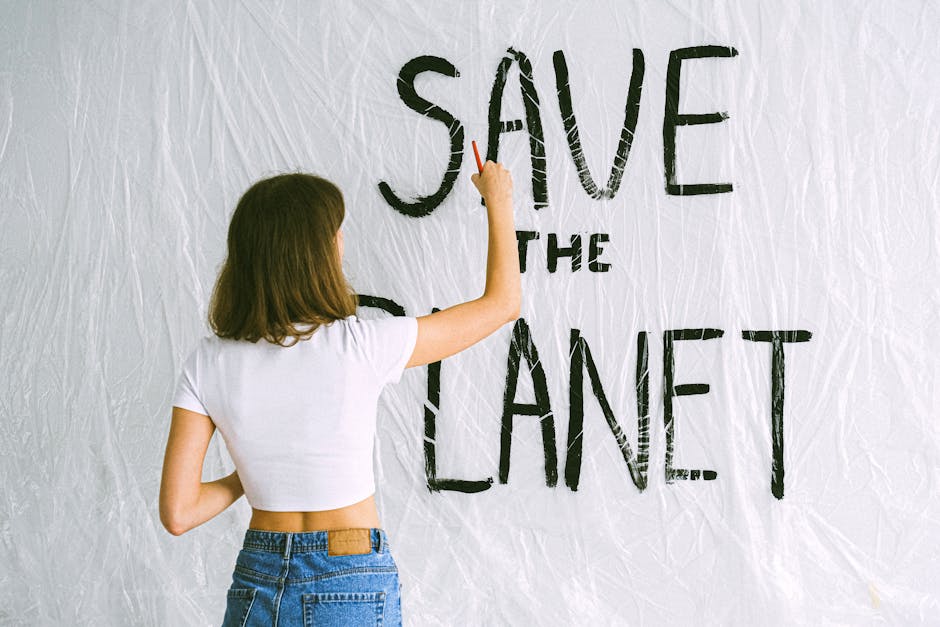
Despite the potential benefits of NFTs for the art world, this technology is not without its challenges and controversies. One of the main criticisms of NFTs is their environmental impact, particularly concerning the energy consumption of blockchain networks. The process of minting and trading NFTs requires significant computing power, leading to concerns about carbon footprints and sustainability.
Another issue facing NFTs is the question of authenticity and provenance. While blockchain technology ensures the immutability of ownership records, it does not guarantee the authenticity of the underlying artwork. This has led to instances of plagiarism, where artists’ work is copied or stolen and sold as NFTs without their consent.
Moreover, the speculative nature of the NFT market has raised concerns about a potential bubble that could burst, resulting in financial losses for collectors and artists alike. The rapid rise and fall of NFT prices have led to debates about the long-term viability of this digital asset class, with experts cautioning against investing in NFTs without thorough research and understanding.
The Future of NFTs in Art

Despite the challenges and controversies surrounding NFTs, the future of this technology in the art world remains promising. As more artists, collectors, and platforms embrace NFTs, we are witnessing a paradigm shift in how art is created, consumed, and valued. The intersection of art and technology has the potential to redefine the boundaries of creativity and ownership, paving the way for new forms of artistic expression.
Looking ahead, we can expect to see further innovations in the use of NFTs for art authentication, provenance tracking, and digital preservation. These advancements will not only enhance the integrity of the art market but also open up new possibilities for artists to experiment with digital mediums and engage with audiences in novel ways.
Moreover, the growing interest in NFTs from mainstream institutions, such as museums and galleries, is a testament to the lasting impact of this technology on the art world. By incorporating NFTs into their collections and exhibitions, these institutions are embracing digital art as a legitimate and valuable form of artistic expression.
Common Misconceptions
One common misconception about NFTs is that they devalue traditional art forms. In reality, NFTs complement rather than compete with traditional art, offering artists new avenues for creativity and innovation. By embracing digital technologies, artists can reach a broader audience and explore new mediums that challenge the boundaries of art.
Another misconception is that NFTs are purely speculative assets with no intrinsic value. While it is true that the NFT market can be volatile, the underlying value of NFTs lies in their ability to authenticate and tokenize unique digital assets. As the art world continues to evolve, NFTs are likely to play a significant role in shaping the future of art and culture.
Conclusion
To wrap things up, the impact of NFTs on the art world is a complex and transformative phenomenon that is reshaping how we create, buy, and sell art. From empowering artists to democratizing art distribution, NFTs have the potential to revolutionize the traditional art market and usher in a new era of creativity and innovation.
As we navigate the opportunities and challenges presented by NFTs, it is essential to approach this technology with a critical eye and a deep understanding of its implications. By embracing the intersection of art and technology, we can harness the power of NFTs to create a more inclusive, diverse, and vibrant art ecosystem for generations to come.

